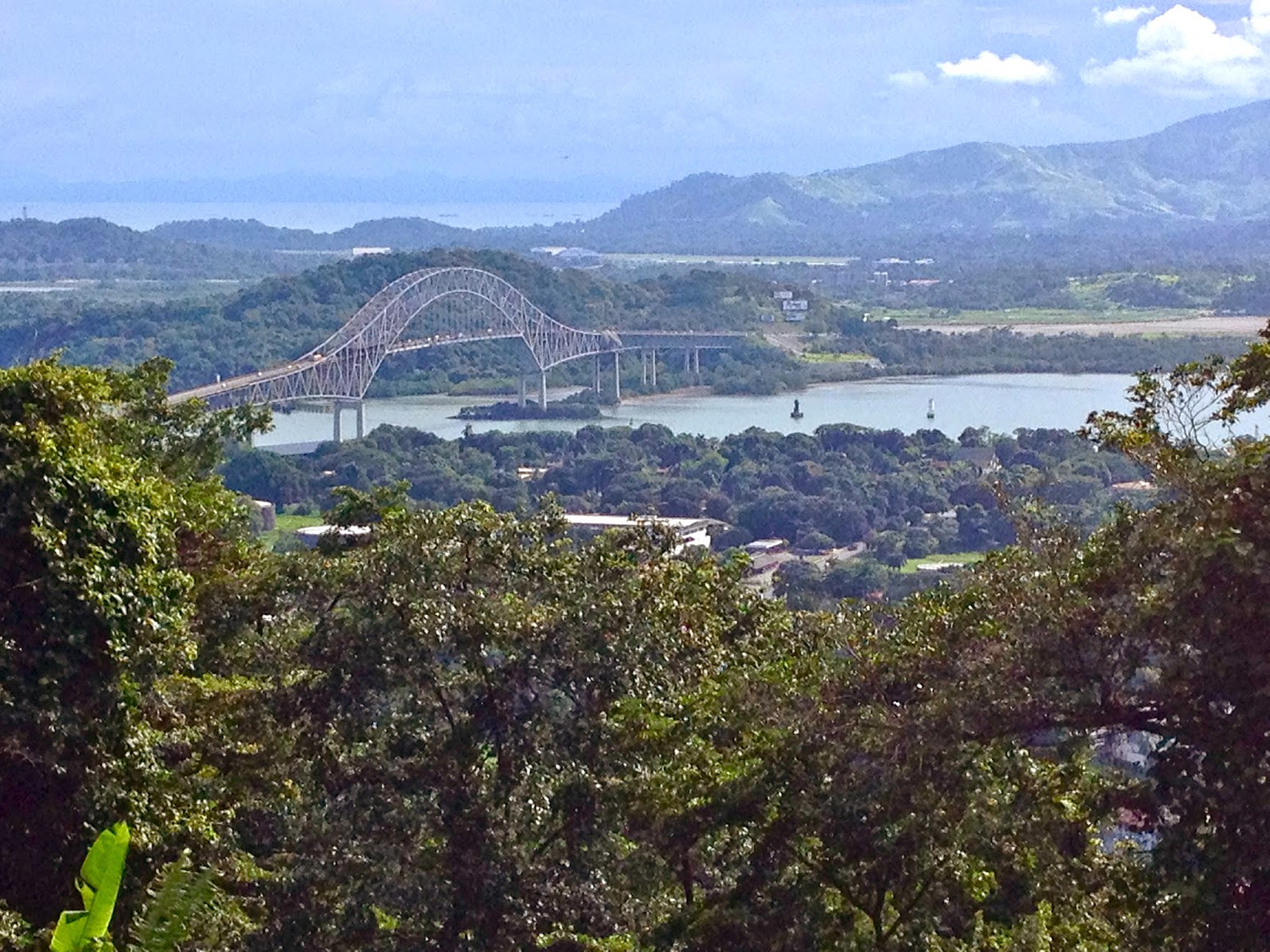 |
| Sunrise |
I like to refer to my chacma
baboons as “explicitly social.” Their intra-group interactions are quite
obvious, and at times utterly blatant. It is not unusual to hear baboons
screaming, grunting, wahooing, or kecking at each other regularly and it is
those loud vocalizations that allow us to track and locate the troops in the
early mornings before dawn. Baboons act how they feel and their behaviors are
extremely unrestrained.
Baboons communicate through a
variety of complex interactions that include visual, auditory, and tactile
signals. Communication acts as a vital catalyst for sociality and can arguably
be seen as the most essential component of social systems. Baboons interact in
a diversity of ways to convey to others their mood. Below are some of the most
common forms of communication that I have witnessed with the chacma baboons of
the Cape Peninsula.
Visual Communication
Proximity signals- To a baboon, your spatial positioning
within the group is crucial. Certain baboons are allowed to sit, forage, or
rest nearby each other, while other baboons are excluded. The proximity, or
distance, between individuals can be an indicator of social status and
relationships. Some baboons will follow others around, while others will
actively avoid each other.
 |
| The female Zebra presents to the dominant male (photo credit SG Davis) |
Presenting- This behavior is done by both male and female
baboons and occurs across all age ranges. One baboon approaches another and
displays its backside for inspection. Social presenting, in particular, is seen
as a submissive gesture where a subordinate individual presents to a dominant
one. When a male presents to another more-dominant male, the dominant male will
hip-touch or place his hands on the hips of the presenter, as an act of
recognition. Sexual presenting occurs when a female (usually one in estrus)
presents to a male in order to solicit copulation. Males will genital-inspect
females often before mating. Many times presenting behaviors are accompanied by
lipsmacking (see below).
Eye-threats- When a baboon wishes to display animosity or
agonism towards another, they raise their eyebrows to reveal their pale eyelids
and stare directly at another baboon. This is usually a sign of aggression.
 |
| Yawn-threat and open-leg posture by the male Julius |
Yawn-threats- Typically administered by adult/sub-adult
males, this gesture involves a deep yawn that exposes the canine teeth. It is a
sure sign of discomfort and a precursor to aggression. If you are ever near a
baboon that yawns, it is probably time to move away.
Grimace- A grimace is an expression with barred teeth and
the corners of the mouth pulled back so the mouth is partially open (almost
like a smile). Baboons will grimace in submission towards dominant individuals.
Gazing or staring- Baboons will stare at another baboon for
two broad reasons: they either love that baboon or they dislike that baboon.
Males will gaze at a lovely little female if they want to consort with her. Alternatively,
staring can be seen as a threat behavior, where one baboon is attempting to
warn or intimidate another.
Display- Male baboons will sporadically make a form of
visual display in order to threaten or intimidate other males or females. This
can involve ground-slapping or shaking of branches in order to make the male
appear formidable.
Open-leg displays- This type of visual display is really a way
for males to inadvertently signal to other males their presence and show off
their decorations by sitting with their legs spread apart. Enough said.
Auditory Communication
Wahoo calls- adult males make a resounding two-part medium
frequency call that resembles a dog barking, but has two distinct sound
components: a “waa” and a “hoo.” Males shout this “wahoo” call out during
aggressive interactions with other males or other troops, when herding females,
or if they are lost and trying to find the rest of the troop.
 |
| Harrison lipsmacking with his little pink tongue out (photo cred: SG Davis) |
Lipsmacking- Lipsmacking involves rapid movement of the
tongue and lips apart and together. It is one of my favorite behaviors that
baboons do towards each other, because not only is it a friendly and
affectionate action, but it is very endearing.
Grunting- Baboons grunt all the time. To say that they are
happy and content. To relieve tension. To say hello to another baboon. To
interact with the troop. And sometimes, they grunt just because they want to. A
grunt is a low-frequency vocalization emitted with the mouth closed or slightly
open, usually punctuated by brief silences.
Copulation call- Female baboons make a very loud call right
at the end of copulation. They pucker up their lips and puff out their checks
to emit a noise that builds in amplitude and climaxes with loud breaths of air.
Some scientists believe this call may be a fixed response, for females also
make a call similar to this when defecating (you can fill in the details as to
why).
Kecking- A keck is a staccato-like submissive call of
medium-frequency. In order to keck, a baboon pulls its lips back in a grimace
and makes short loud sounds punctuated by silences between each syllable. Kecking
usually occurs when a baboon is feeling subordinate or wants to show respect to
a dominant individual (unless you are the female RoseMarie, who kecks at
everything that moves for no apparent reason).
 |
| Pitt jibber-jabbers to the infant Bonaparte |
Jibber jabber- Adult males and females will jibber-jabber at
small infants as if to say hello to the babies. A jibber-jabber is a
vocalization that sounds like a series of excited and rapid grunts with audible
inhaling and exhaling sounds. My favorite is when the adult males like Harrison
jibber-jabber at the miniature black infants.
Scream- This sound is reminiscent of a human baby scream or
the squawk of a bird. It is loud and high frequency. Usually females,
juveniles, or infants will scream when they feel threatened or hurt by another
individual. Not unlike humans.
Bark- Baboons will bark as a warning call. It is a short
vocalization similar to a dog’s bark and given when a female feels at risk of
separation from her infant or when the troop may be at risk of a predator or
danger (alarm bark).
Chattering- The juvenile baboons love to jabber and chatter
with one another, making indiscernible noises back and forth and little nasal grunts
when playing and wrestling.
Tactile Communication
 |
| Grooming (photo credit: SG Davis) |
Grooming- Grooming is of utmost importance to many primates,
and chacma baboons are no exception. Baboons sift through the hair of other
individuals frequently, picking out bugs or dirt lodged against the skin.
Grooming is an affiliative behavior and highlights the type of relationships
between individuals, including friendships, family, and social-rank. Grooming is also a great way to reduce parasite loads and clean fur/skin.
Mounting- In addition to mating, baboon individuals will
briefly mount each other as a sign of reassurance and affiliation.
Nose-to-nose- Friendly baboons or male and female
consortship pairs will occasionally touch noses in affection. It’s a sweet
little gesture to witness.
Aggressive contact behaviors- Baboons will engage in
aggressive behaviors that can at times culminate in adverse physical touch.
Males will herd their females, chasing them, biting them, standing on them,
hitting them, and grabbing them (not the most pleasant thing to witness). Very
infrequently, I have observed two males engaging in physical fights. Fortunately
in terms of amity, the baboons I study are generally significantly good-natured
towards each other in comparison with other species.




 I will spend these next few months tracking and recording
the behavior of the capuchins. I’ve already spent 4 days in the forest with monkeys,
learning from the two long-term masters students and field assistants for the
monkey project, Lucia and Nohely. Lucia has been working with my advisor for
many years, and she knows the monkeys and the forest exceptionally well. We
wake up in the early morning and set off into the labyrinth of trails
dissecting the island. There are 4 monkey groups we follow, 3 of which each
have a monkey with a radio telemetry collar. This collar transmits a radio
signal, which we can detect using a metal antenna and receiver that we hold
high above our heads in the jungle. The receiver will begin to emit a sequence
of clicks when we get close to the monkeys. The clicks are louder when the
antenna is pointed in the direction of the monkeys and become even louder the
closer you get. Almost always, the antenna leads us off the trails, and we must
scramble through the dense vegetation to find the monkeys. I usually feel like
an elephant in these moments, crashing through the vines and squashing little
plants under my rubber boats.
I will spend these next few months tracking and recording
the behavior of the capuchins. I’ve already spent 4 days in the forest with monkeys,
learning from the two long-term masters students and field assistants for the
monkey project, Lucia and Nohely. Lucia has been working with my advisor for
many years, and she knows the monkeys and the forest exceptionally well. We
wake up in the early morning and set off into the labyrinth of trails
dissecting the island. There are 4 monkey groups we follow, 3 of which each
have a monkey with a radio telemetry collar. This collar transmits a radio
signal, which we can detect using a metal antenna and receiver that we hold
high above our heads in the jungle. The receiver will begin to emit a sequence
of clicks when we get close to the monkeys. The clicks are louder when the
antenna is pointed in the direction of the monkeys and become even louder the
closer you get. Almost always, the antenna leads us off the trails, and we must
scramble through the dense vegetation to find the monkeys. I usually feel like
an elephant in these moments, crashing through the vines and squashing little
plants under my rubber boats. 











































